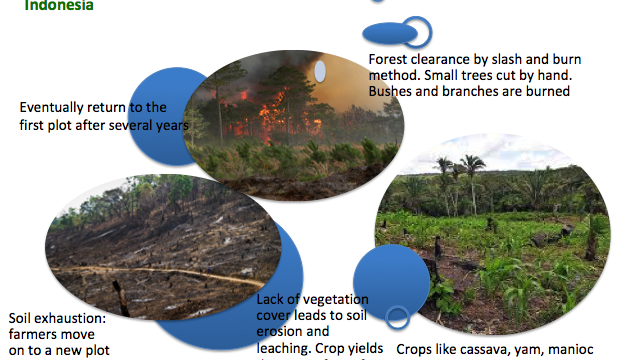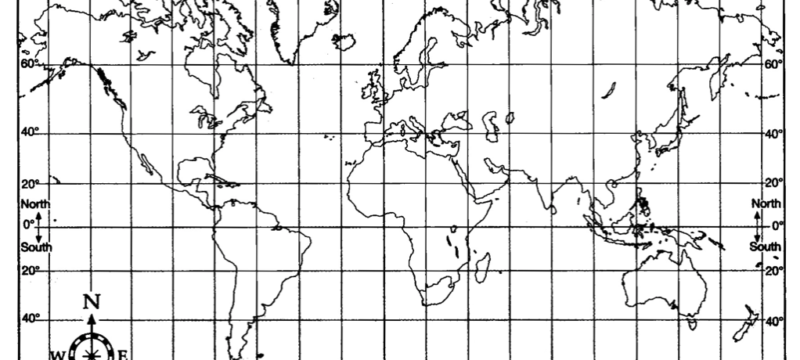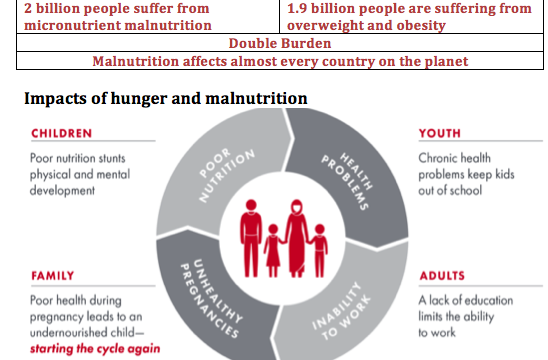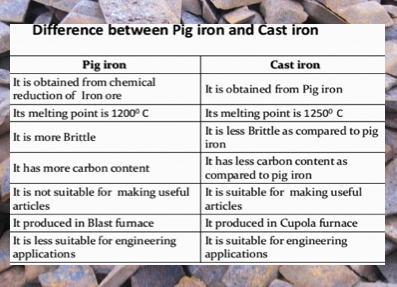Sectors of Economy
| Primary Sector | Extraction of raw materials from the nature e.g. agriculture, fishing, farming, forestry and mining etc. |
| Secondary Sector | Transforming raw materials into semi-finished goods or finished goods. This sector includes metal working and smelting, automobile production, textile production, chemical and engineering industries, aerospace manufacturing, energy utilities, engineering, breweries and bottlers, construction, and shipbuilding. |
| Tertiary Sector | Provision of services to businesses and consumers. Activities associated with this sector include retail and wholesale sales, transportation and distribution, entertainment (movies, television, radio, music, theatre, etc.), restaurants, clerical services, media, tourism, insurance, banking, healthcare, and law. In most developed and developing countries, a growing proportion of workers are devoted to the tertiary sector. In the U.S., more than 80% of the labor force is tertiary worker. |
| Quaternary Sector | Research and development, This sector is said to be that of intellectual organization in a society such as research organization, cultural programs, information technology (IT), higher education, and libraries. |
| Quinary Sector | Highest levels of decision making in a society or economy. Top executives (CEOs) or officials in senior management in different organization as in government (Ministers, diplomats), Universities (Head of the organization) etc. |


























